Digestion and Disease
9SCIE - Energy for Life
Finn Le Sueur
2024
Mahi Tuatahi
- Name a machine that transforms gravitational potential energy to electrical energy
- What is the chemical element, K, and what food is a good source of it?
- What vitamin is used in building eyes?
Ngā Whāinga Ako
- Describe what digestion involves and why it is necessary
The Digestive System
- You eat between \(1kg\) and \(2.5kg\) of food each day
- That is over \(365kg\) a year, and over \(30,000kg\) in a lifetime!
- The digestive system is made up of many parts, not just the stomach.
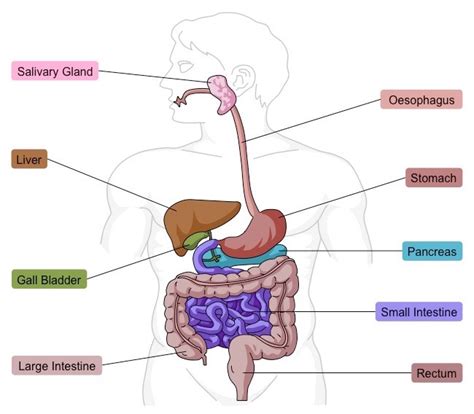
You Are A Tube!
The digestive system is essentially a very long tube, going from your mouth to your rectum!
What is digestion?
- The body carries out digestion of food to convert large insoluble food molecules into smaller soluble ones.
- Small food molecules can pass through the walls of the small intestine and then dissolve into the blood stream. Large food molecules cannot do this.
Insoluble: adjective - means that it cannot dissolve in water (e.g. oil)
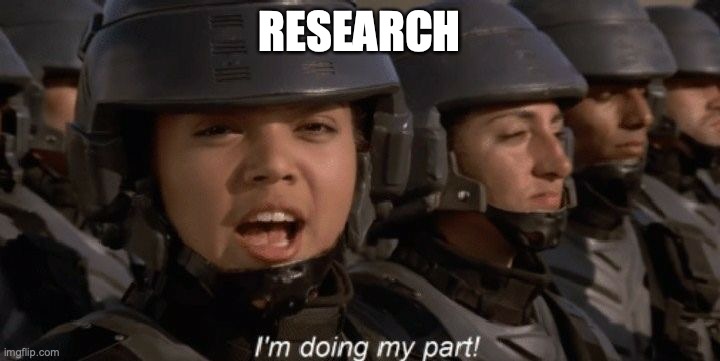
Task: Label the digestive sytem
- Work with the person next to you,
- we will be learning about all the parts so don’t worry about not knowing some!
Why so many parts?
As food moves through your digestive system each part helps do different things:
- Get the food into you (without choking)
- Break down large food molecules
- Absorb nutrients/vitamins/minerals
- Absorb water
- Compress waste products
- Expell waste products
Swallowing food without choking
How do we get food down our esophagus to our stomachs without choking?
Peristalsis
This is the process of contraction and relaxation of the muscles in the esophagus to propel the food down.
The muscles above the food contract to help push the food down, and the relax for the next lump of food or mouthful.
In conjunction with this, various organs in the mouth move to block airways so that you do not choke.
Task: Digestive Disease Pamphlet (in pairs)
Include: Part(s) of the digestive system where it occurs, what the condition does, how to avoid/treat the disease
Gastroesophageal Reflux Disease, gallstones, celiac disease, Chron’s disease, uclerative colitis
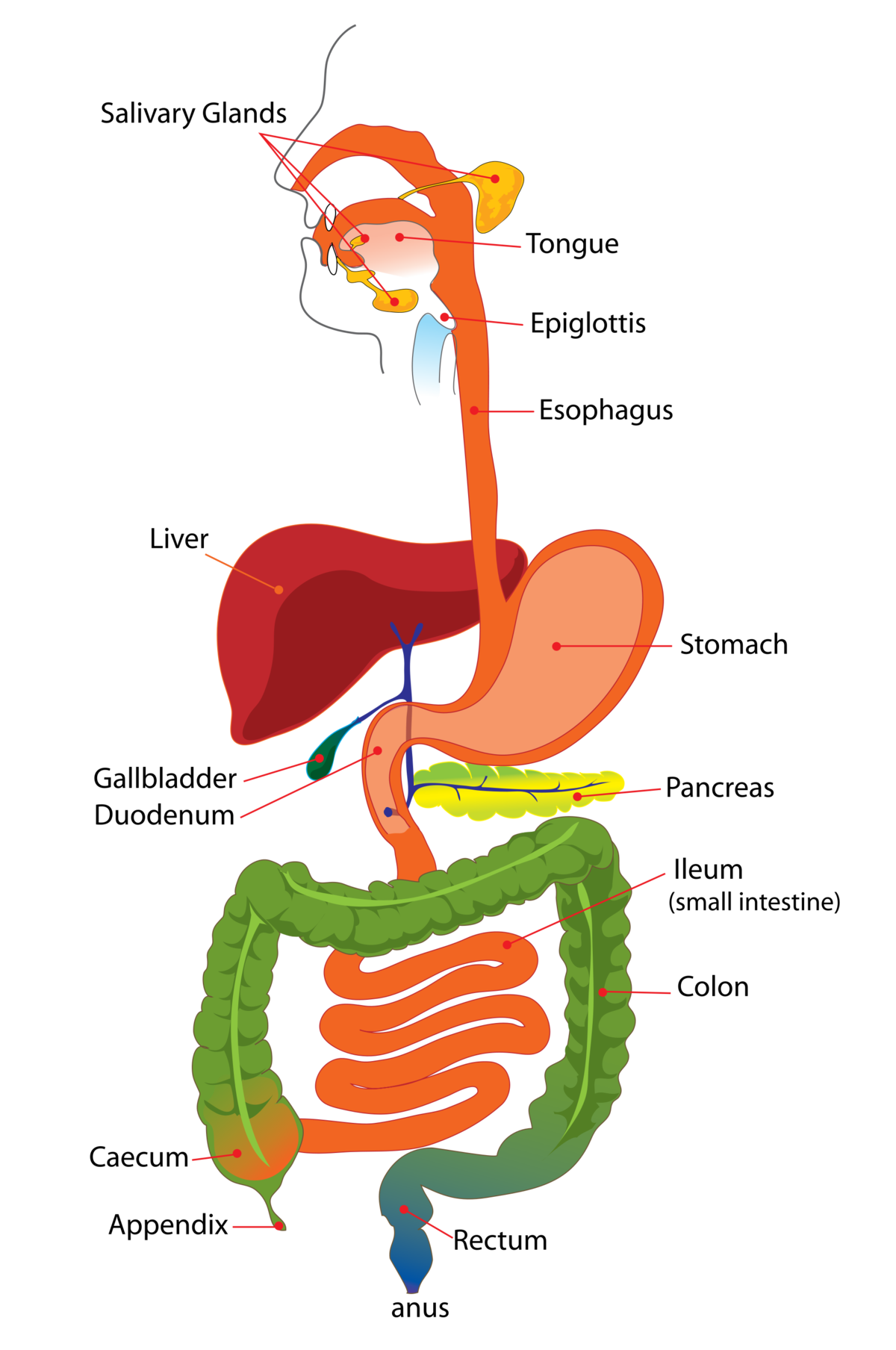
In The Mouth
Digestion begins in the mouth where food is broken down by the teeth. This is called mechanical breakdown.
The small parts are mixed with saliva and swallowed.
Saliva contains enzymes that start to chemically break down some of the starch and fats in the food.
Enzymes are biological catalysts that speed up chemical reactions.
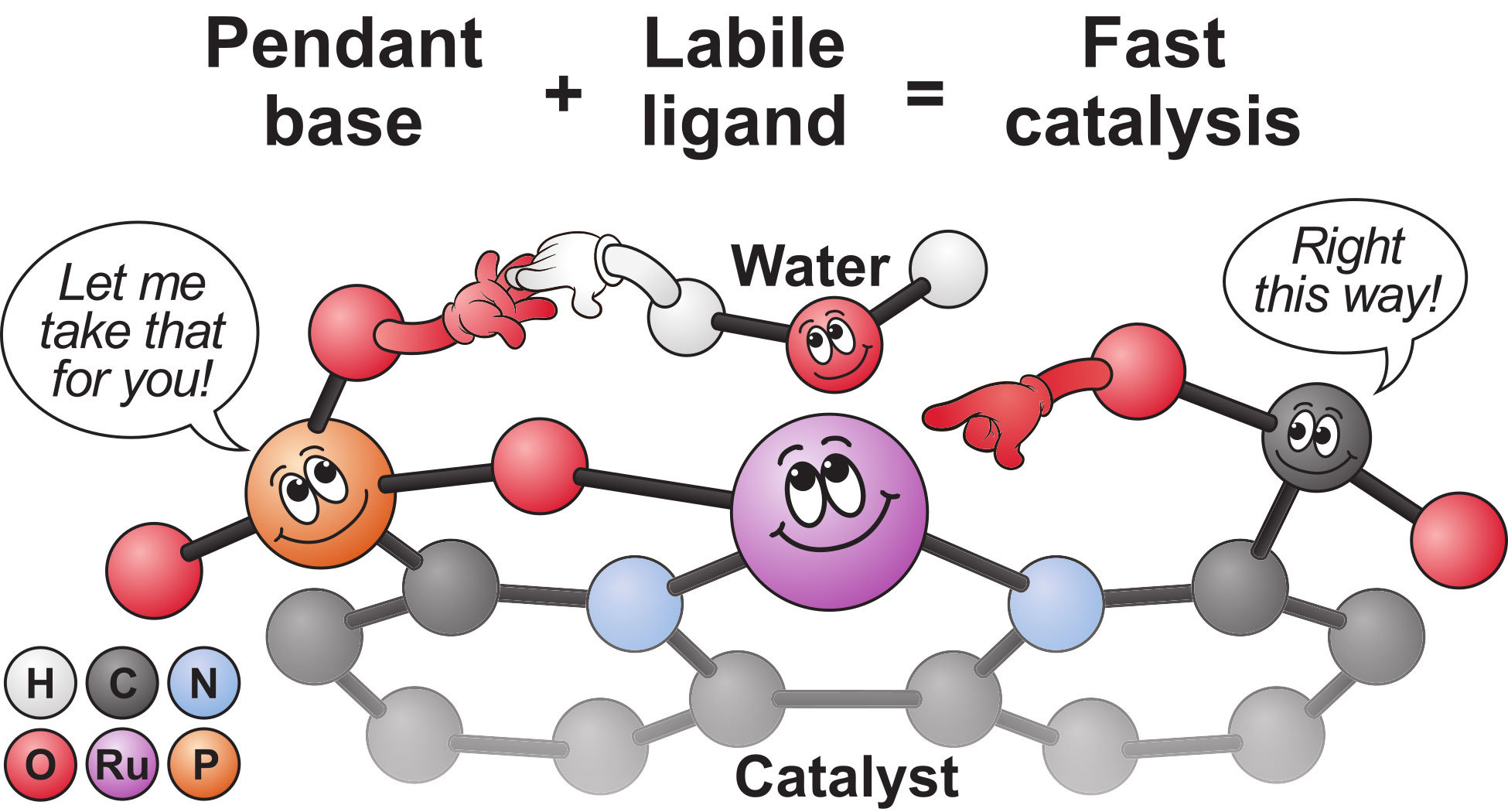 {width=50%}
{width=50%}
Amylase and Starch
Amylase (enzyme) breaks the long starch chains into glucose molecules.
Think about the nutrients in bread and how how long can you hold a piece of bread in your mouth?
Task: Match these up
| Digestive Enzyme | What it does |
|---|---|
| Carbohydrase | Breaks fat into glycerol and fatty acids |
| Lipase | Breaks protein into amino acids |
| Protease | Breaks carbohydrate into sugar molecules |
Down to the Stomach
Food then passes the epiglottis, a flat of skin and cartilage that prevents food from entering the trachea (air tube).
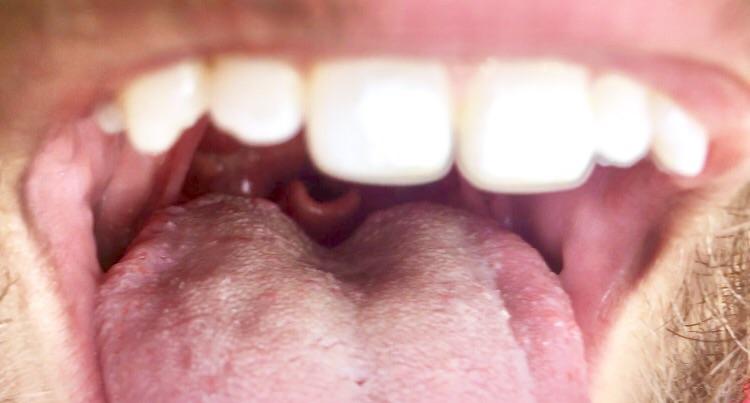
The food is then moved down the oesophagus with the help of wave-like contractions, a process called the peristaltic wave.
The Stomach
The stomach is a muscular sac with a variety o functions.
- It stores masticated food,
- produces acid and enzymes for chemical breakdown,
- churns food before it moves on to the rest of the digestive system.
masticate: verb - to chew (food)
After the Stomach
- The contents of the stomach are then moved to the small instestine
- Here, the chyme is mixed with bile and enzymes from the pancreas and intestinal walls.
chyme: thick, semifluid partially digested mass of food
Bile
- A greeny-yellow substance excreted from the gall bladder
- Emulsifies fats to allow absorption
- Neutralises the chyme which was made acidic in the stomach
Small Intestine
- Digestive enzymes chemically break down food particles
- These nutrients are then absorbed into the blood stream through the wall of the small intestine

Villi
- The walls of the small intestine are not smooth
- They are covered in villi which increases the surface area for more rapid absorption
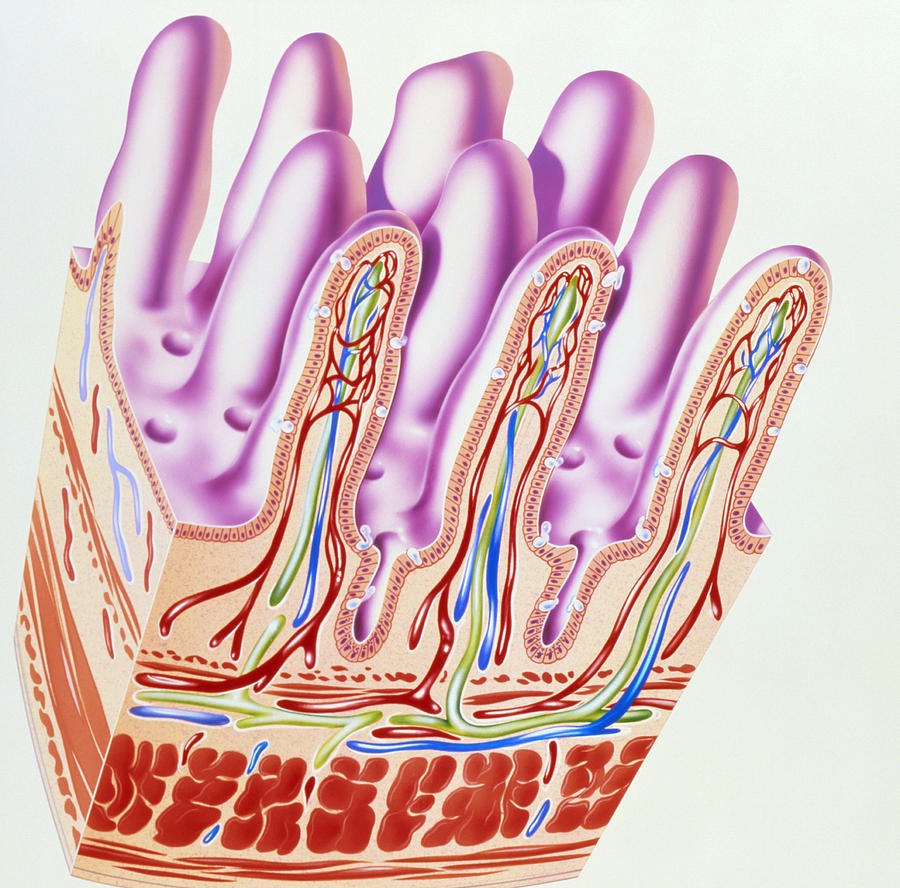
Villi Continued
- The walls of the villi are very thin so that glucose can pass through it easily (to the blood stream)
- Glucose is in high concentration in the small intestine so will move into the capillaries (blood) in the villi
- It is then taken to the muscles that need it, where it is combined with oxygen (\(O_{2}\)) to make energy!
Large Intestine
- After the long trip through the small intestine, the remains enter the large intestine
- Here remains are fermented by the action of gut bacteria, excess water is absorbed and faeces is stored until released
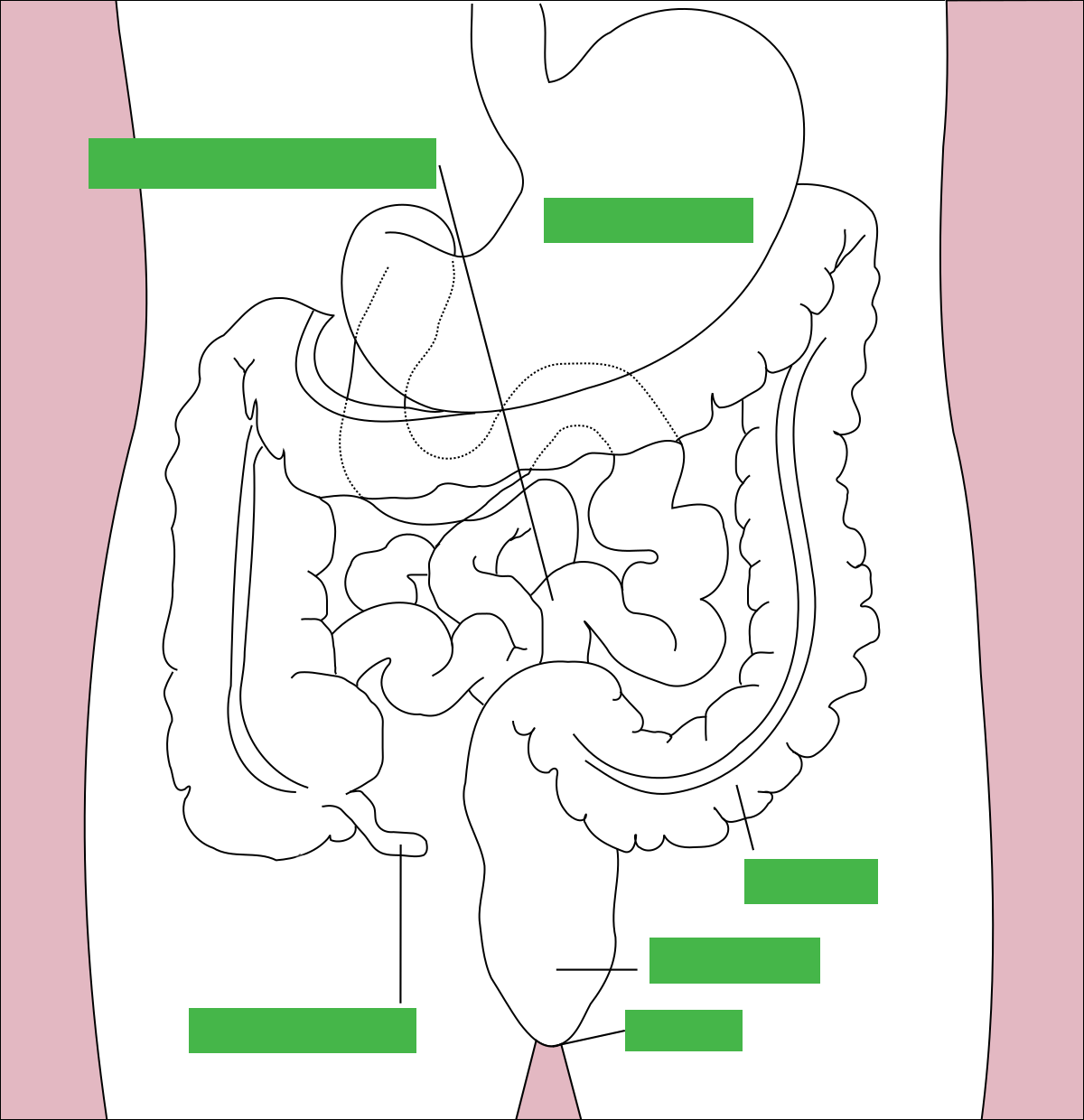
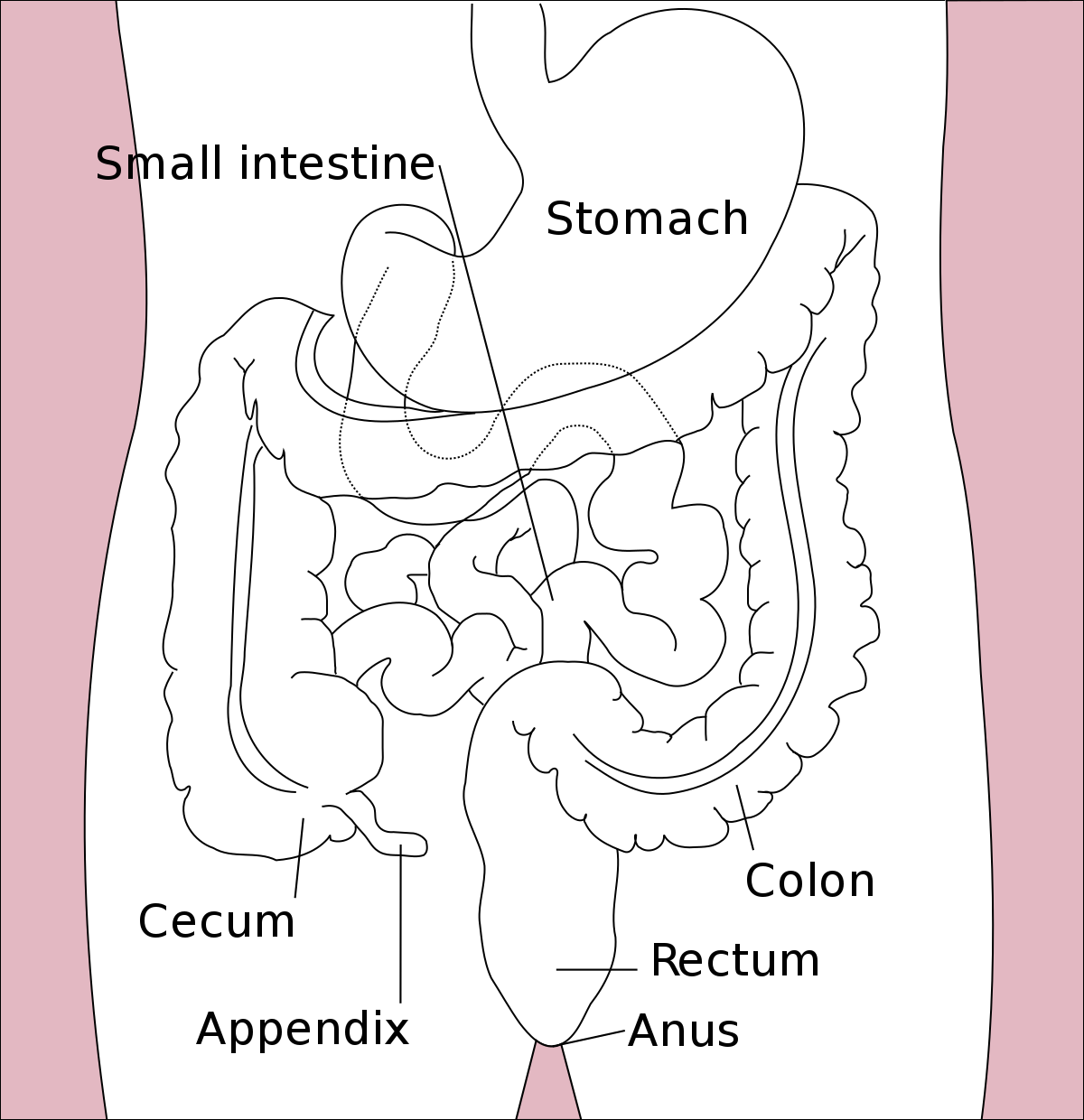
Task: Complete these sentences about digestion.
- Digestion is the process of breaking ? molecules of food into ? molecules of food.
- The ? molecules that we start with are ? which means they ? dissolve in water.
- The ? molecules produced by digestion are ? which means they ? dissolve in water.
Words: can, small, insoluble, soluble, large, large, small, cannot